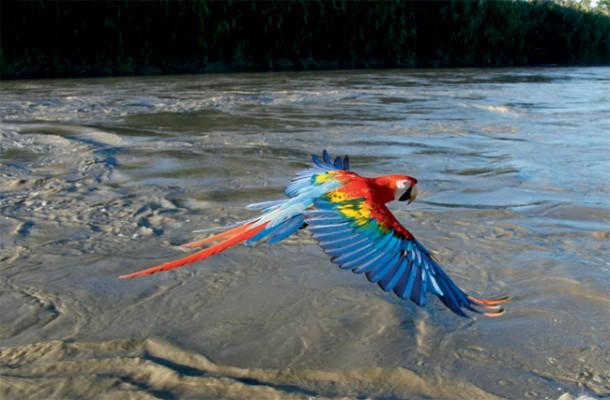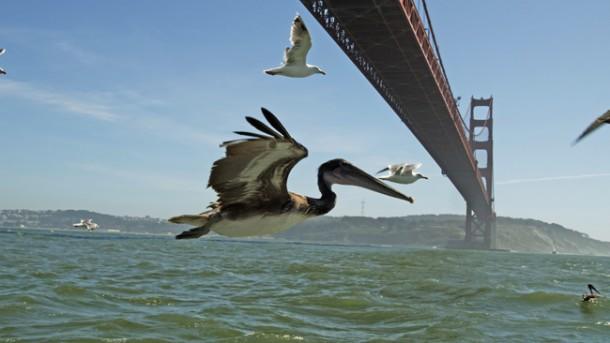
Section Branding
Header Content
Get a Bird’s Eyeview of Life on Nature’s EarthFlight
Primary Content

Producer John Downer hopes that people who watch Nature’s EarthFlight will discover that “the complex social life of birds are not so different from our own.”
“They have an unrivalled knowledge of the life of the planet and through their remarkable journeys they bring countries and continents together in ways that are constantly surprising.” he says in a Nature interview.
Get a birds eyeview of their complicated world as the six part series Nature’s EarthFlight continues on GPB tonight at 9 p.m. Tonight the birds soar over the Andes and the Amazon.
In the first week’s episode, they gave us their view of North America. You and your students can enjoy the episode online below through October 2.
WYSIWYG: EMBEDDED VIDEO
Downer mounted cameras on our feathered friends to film them. But capturing their movements was not as easy as the documentary footage looks. He explains further in the Nature interview the challenges of shooting birds and the health of bird populations.
On the Biggest Challenge of Filming Birds
"They can fly away! But it’s not the only challenge. In Earthflight, we wanted to capture the experience of what it was like to be a bird. We didn’t simply want to observe them from afar. Every species is different and each one creates different challenges. But some of the hardest involved making sure we were in the right place at the right time when big natural events were occurring. We soon learned that the birds themselves were the key to getting our timings right.
By following flocks of flying pelicans, we were able to arrive at the exact spot where grunion fish were stranding themselves on Mexican beaches to lay eggs. And following gannets off the South African coast led us to the Great Sardine Run – one of the biggest events in nature. This technique became our strategy for filming many of the events in Earthflight.
On What He Learned About Bird Populations
"It was reassuring that the series didn’t become a depiction of doom and gloom about the state of the planet. All the events we set out to film were still happening and these animal events were as spectacular as we had hoped. It surprised us to discover that snow geese were actually 3 times more numerous than they were 40 years ago and the beautiful Japanese crane had increased in numbers from a low of just 25 birds to over a thousand because of the protection the Japanese have given the birds."
On His Favorite Part of the North American Episode

"I do love the pelicans and flying devil rays. This had never been filmed before, but within just two days of attempting to film it, we had hundreds of these huge fish taking to the air all around the boat. It’s always exciting to record something that hasn’t been filmed before, but the results were more spectacular than we could have imagined." You can read the full interview here. Watch the series and tell us what your favorite parts of it are.
Producer John Downer h





